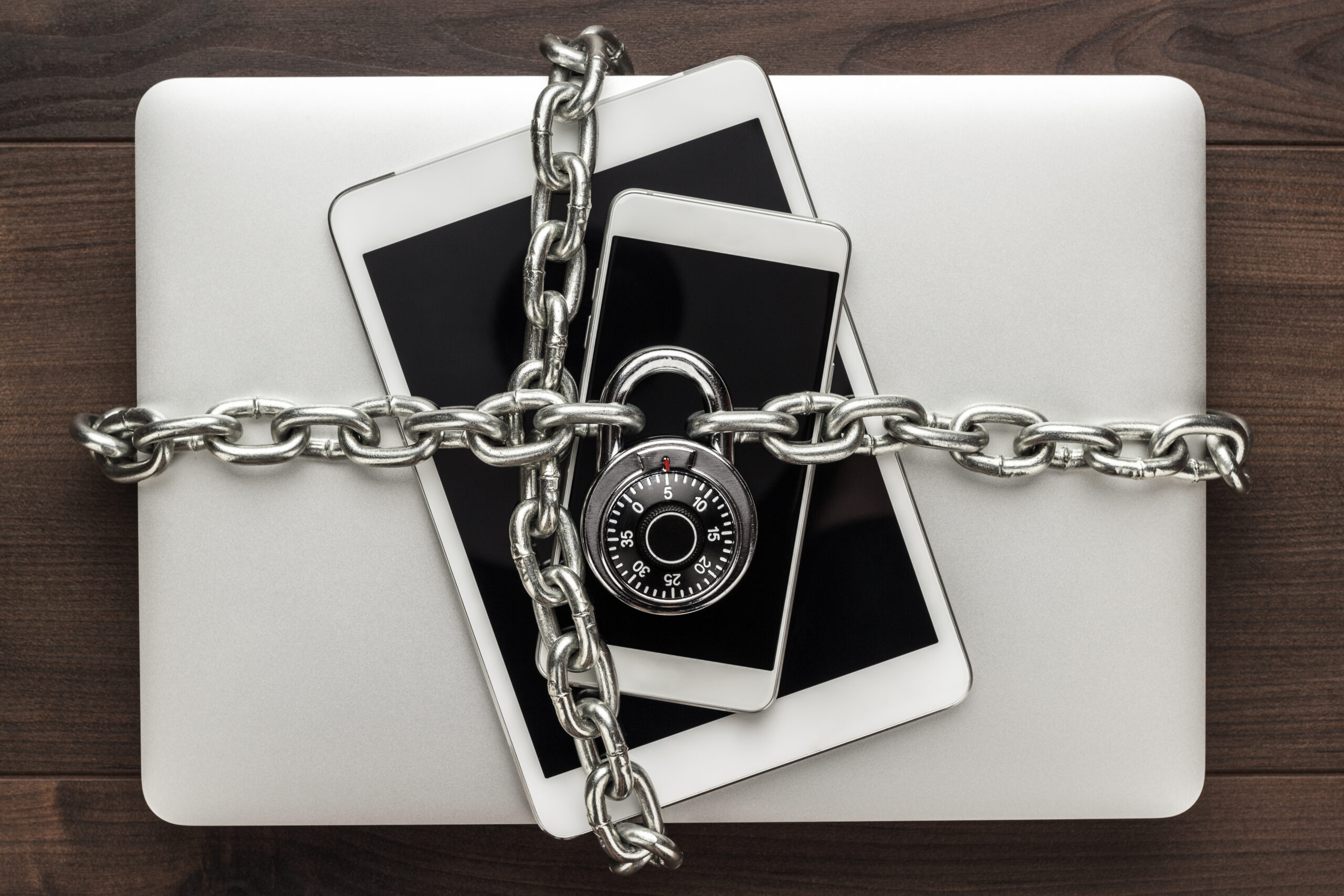In an age where digital threats loom around every corner, safeguarding our online accounts has never been more critical. Passwords alone may not provide the level of security needed to protect our sensitive information. Enter Two-Factor Authentication (2FA), a powerful defense mechanism that adds an extra layer of protection to our online identities. In this article, we explore the significance of 2FA and why individuals and organizations should double down on their defense strategies.

I. Understanding Two-Factor Authentication:
- What is 2FA?
Two-Factor Authentication is a security process that requires users to provide two different authentication factors before gaining access to an account. These factors typically include something you know (like a password) and something you have (such as a unique code sent to your mobile device). - How Does 2FA Work?
When a user attempts to log in, they first enter their password. Subsequently, a second form of verification is required, which can be a temporary code sent via text message, generated by a mobile app, or obtained through a hardware token. This additional layer enhances security by requiring more than just a password for access.
II. The Power of Two-Factor Authentication:
- Enhanced Security:
Passwords alone are susceptible to various threats, including brute-force attacks and phishing. 2FA mitigates these risks by requiring an additional factor, making it significantly more challenging for unauthorized individuals to gain access to an account. - Protection Against Stolen Credentials:
Even if a user’s password is compromised, the second authentication factor acts as a safeguard. Without the secondary code or device, hackers are unable to breach the account, providing an added layer of defense against stolen credentials. - Reducing the Impact of Data Breaches:
In the unfortunate event of a data breach where passwords are exposed, 2FA serves as a last line of defense. The compromised passwords alone are insufficient for unauthorized access, minimizing the potential damage caused by a breach.
III. Implementing Two-Factor Authentication:
- Mobile Authenticator Apps:
Popular mobile apps like Google Authenticator and Authy generate time-sensitive codes for 2FA. These codes are synchronized with the user’s accounts, providing a secure and convenient method of verification. - SMS Authentication:
Many services offer 2FA through text messages. A unique code is sent to the user’s registered mobile number, which they must enter alongside their password during login. - Hardware Tokens:
For enhanced security, hardware tokens can be used to generate authentication codes. These physical devices add an extra layer of protection, as the code is generated directly on the token and not transmitted over the internet.
IV. Promoting Two-Factor Authentication Awareness:
- Educating Users:
Individuals should be educated about the importance of 2FA and how to enable it on their accounts. Many online services now offer this feature, and users should take advantage of it to bolster their security. - Organizational Implementation:
Businesses and organizations should make 2FA mandatory for employee accounts. This proactive measure strengthens the overall security posture and protects sensitive corporate information from unauthorized access.

In the ever-evolving landscape of cybersecurity, Two-Factor Authentication emerges as a formidable ally in the fight against digital threats. By doubling down on defense through the implementation of 2FA, individuals and organizations can significantly reduce the risk of unauthorized access, protect sensitive information, and fortify their online presence in an increasingly interconnected world. It’s time to embrace the power of Two-Factor Authentication and take a proactive stance in securing our digital identities.




Leave a Reply